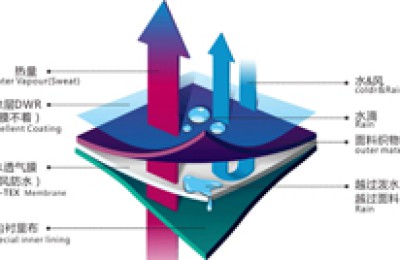On July 21, ICE futures fluctuated within a narrow range near the previous day’s settlement price because the US cotton seedling situation last week was better than expected.
According to the latest seedling condition report, as of July 19, the good and good rate of new cotton in the United States reached 47%, an increase of 3 percentage points from the previous week. The good and good rate of Texas cotton was 28%, an increase of 5 percentage points from the previous week. percentage points, the second largest cotton-producing state, Georgia, still has an excellent rate of 75%. However, traders believe that USDA’s data is relatively lagging, and the recent continued dryness and heat in cotton-producing areas may have led to a decline in US cotton production.
The European Union announced a new stimulus plan to fight the epidemic and sold 2 trillion bonds to stimulate the European economy. The U.S. Congress is also considering another stimulus plan. Market inflation prompted gold and global stock markets to rise. At present, the technical outlook of cotton is still upward, and almost all categories of commodities are speculatively long, so there may be another wave of gains in the cotton market from now to August.
However, ICE futures on July 21 were untenable and ended almost flat. On the one hand, the apparent improvement in the cotton seedling situation in the United States did not cause prices to plummet, which shows that the market performance is positive. On the other hand, the strength of the US Dow Jones Industrial Average, crude oil and gold did not drive cotton prices higher, which also shows that the epidemic has far less drag on cotton demand. At the end of the day, market concerns have always existed.
At this stage, weather is still the focus of market transactions. The seedling situation in Texas has improved somewhat recently. Although the temperature is still on the high side, the rainfall has become normal, and the probability of precipitation in the Lubbock area is increasing. It is worth noting that if the tropical depression in the Gulf of Mexico develops into a tropical storm, it may advance towards Houston, Texas, but the specific situation needs to be observed.
This Thursday’s weekly US cotton export report will continue to provide the market with a reference for observing Sino-US relations from the side. Given the current tensions between the two countries, the market is worried that China will cancel a large number of contracts. The current year will end on July 31. Only 45% of the contracts signed in China have been shipped, and the remaining contracts have been either canceled or transferred to the next year. </p






